The wealth and health of a nation can be measured in many ways, but a fundamental indicator is surely population trends.
The latest statistics show that Scotland has areas of strength, but absolutely no grounds for complacency.
Amid the predictable row that accompanied the Scottish Government’s publication last week of its prospectus for the economy of an independent Scotland (clue: the SNP and Greens thought it was great and the other parties didn’t), a lot of the detail was overlooked.
Among the most fascinating figures were those relating to the people of Scotland.
First, a bit of good news.
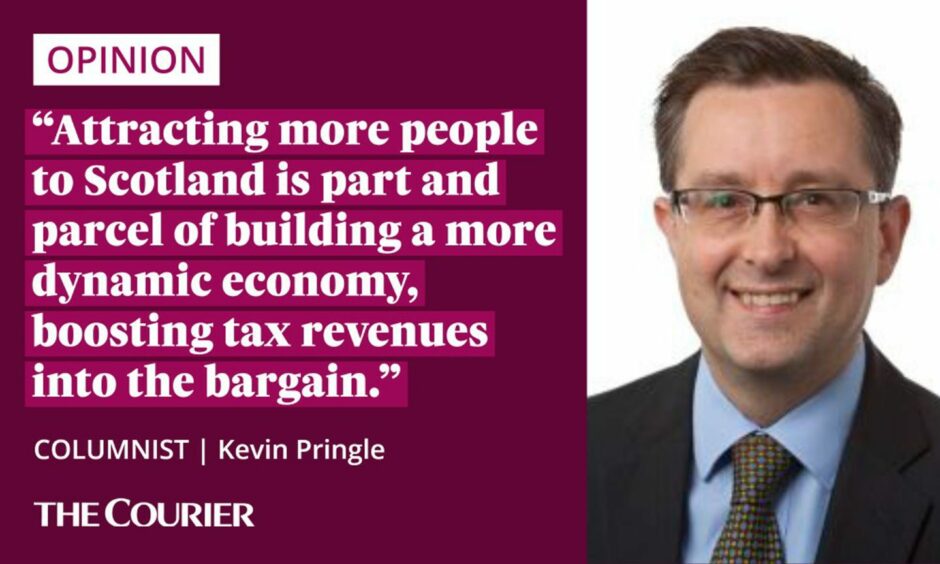
According to the latest available data, Scotland has a higher share of our population aged 25 to 64 with a tertiary education than the UK as a whole, or indeed compared to any country in the EU.
We perform exceptionally well as a nation in terms of university and college qualifications, and thus the skills and know-how of our people.
The bad news is that Scotland is at risk of returning to our historic pattern of demographic decline.
At the time of the 1707 Union, Scotland’s population is estimated to have been a fifth that of England and Wales.
It is less than a tenth today: 8.1% of the UK total.
Should Scotland go it alone on immigration?
According to the independent Scottish Fiscal Commission, on its current trajectory Scotland’s population is forecast to fall from 5.5 million now to 4.6 million by 2072: a decline of nearly a million.
Scotland is the one country in the UK where numbers are set to shrink in the coming years, and we also stand out in facing a declining working population.
That means a smaller proportion of people in employment to fund public services for an ageing society.
The conclusion I take is that we are on the wrong path, and that from a long-term perspective being a peripheral part of Britain’s centralised economic and political model is doing Scotland no favours.
At the very least, we clearly have distinct demographic challenges in Scotland, which Brexit and the UK government’s current draconian approach to migration are making worse.
Consensus is in short supply at Holyrood, but there is agreement across all of Scotland’s parties about the benefits of more people coming here to live and work, which enriches us socially and culturally as well as economically.
Compared to negativity at Westminster about migration, Scotland benefits from a more conducive atmosphere for the debate.
Regardless of our views on the constitution, there is a pragmatic case to be made and won for the Scottish Parliament having the necessary powers to shape a migration policy that matches our circumstances and economic interests.
Scotland’s story has long been one of immigration
We literally cannot afford the “hostile environment” devised by the UK Home Office.
Attracting more people to Scotland is part and parcel of building a more dynamic economy, boosting tax revenues into the bargain.
Scottish Government modelling of different scenarios shows how a long-term increase in migration to Scotland would grow our economy by up to 1.6%, generating hundreds of millions of pounds to invest in the NHS and other public services.
If the current UK Gov immigration rules had been in place at the time my mother emigrated to Scotland, I would not be standing in parliament today. We have fresh proposals for a system that meets Scotland’s needs. We now ask for the UK Government’s engagement to make them happen. pic.twitter.com/sbUzCRxWxc
— Angus Robertson (@AngusRobertson) September 27, 2022
We need to refashion the narrative about immigration, and tell it from a Scottish perspective.
The facts and figures are important. But I leave it to the poetry of The Proclaimers to celebrate our shared humanity, and champion a nation that is open to the world.
To quote one of their finest songs, Scotland’s Story:
“All through the story the immigrants came
The Gael and the Pict, the Angle and Dane
From Pakistan, England and from the Ukraine
We’re all Scotland’s story and we’re all worth the same.”
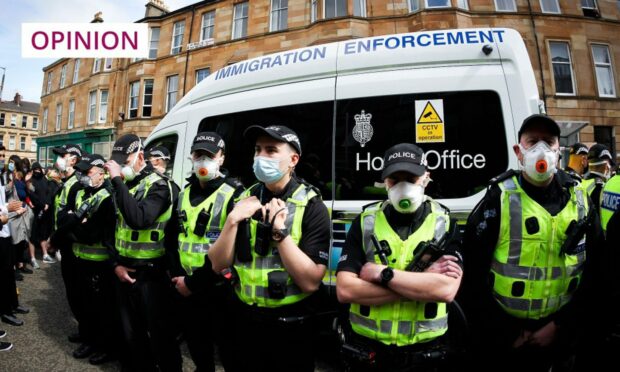

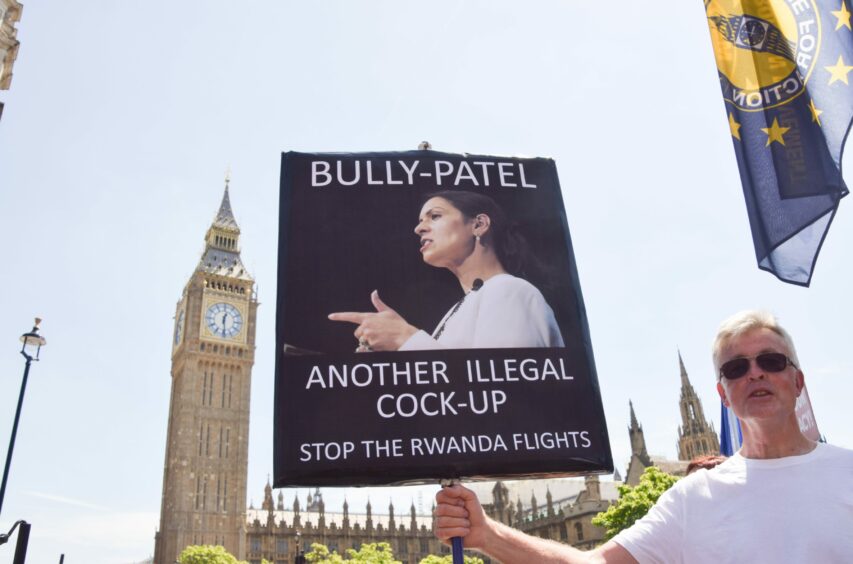
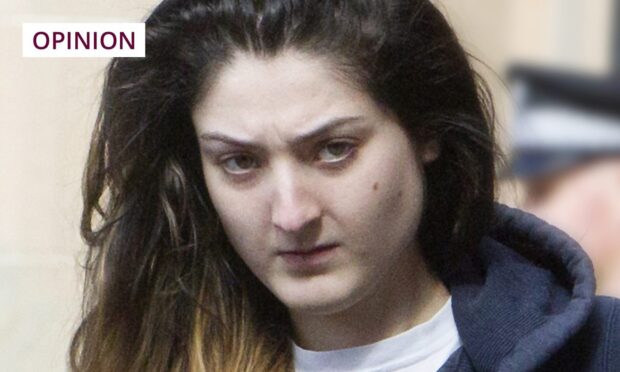
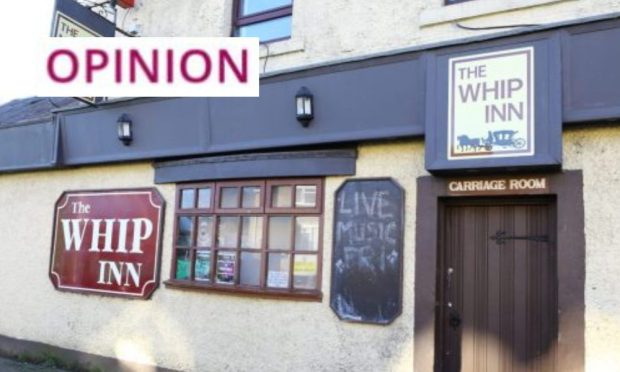
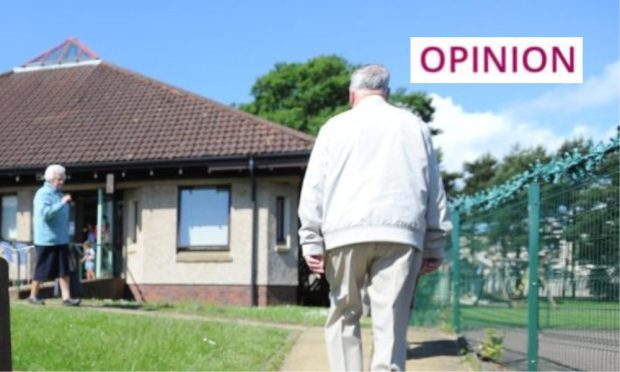

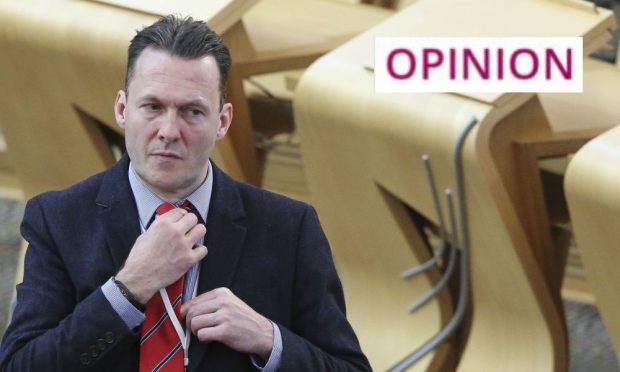
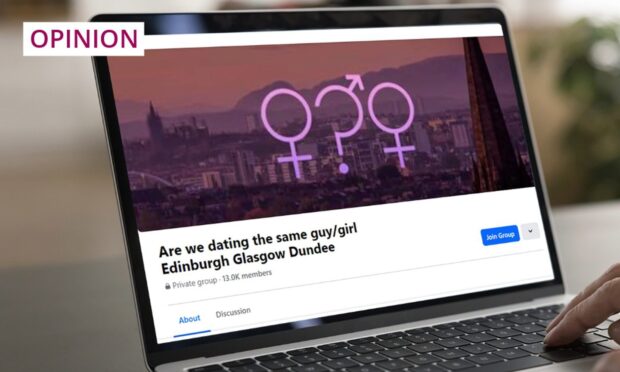
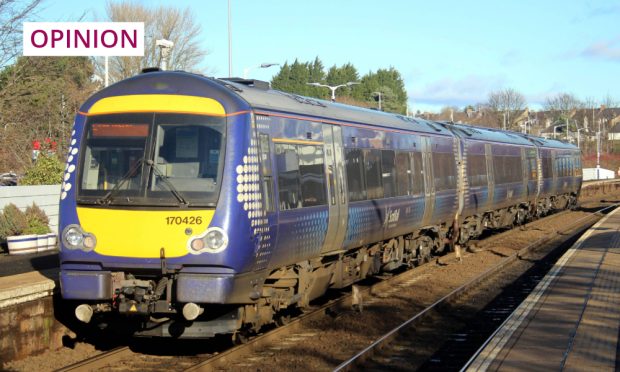
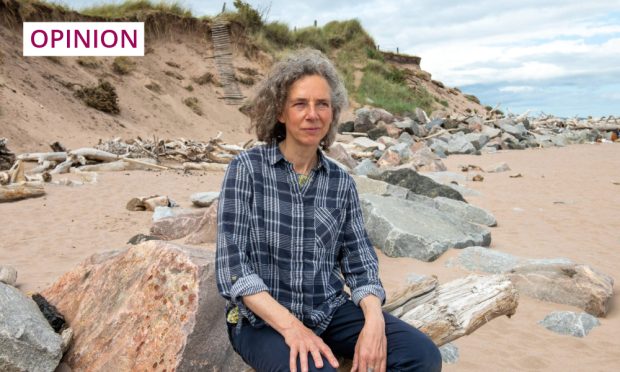
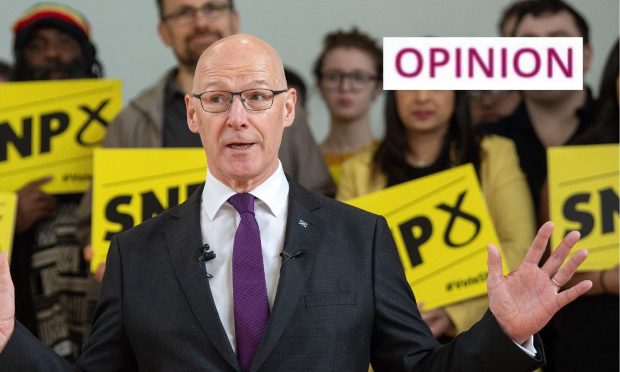
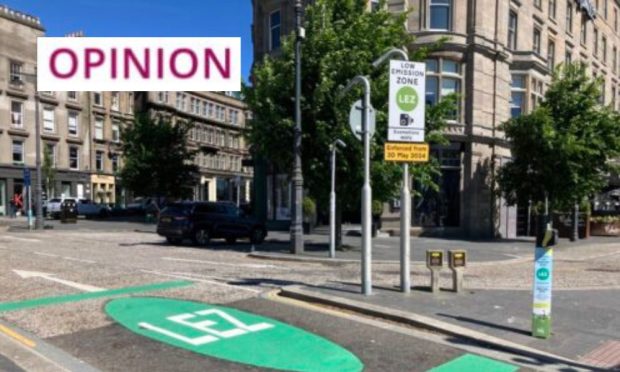
Conversation